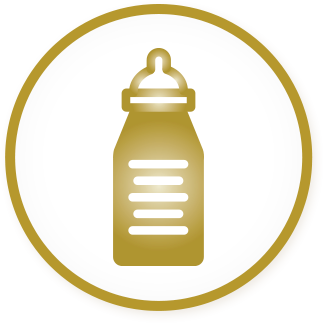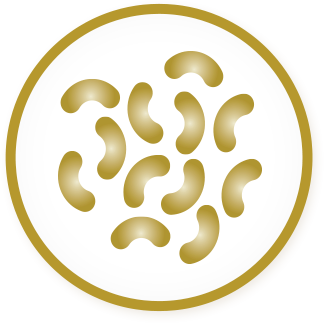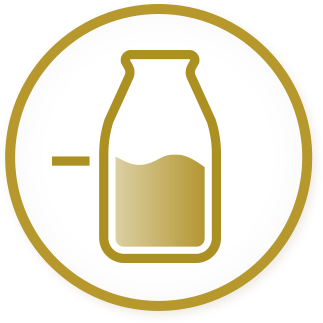Understanding colic in babies
Do you see your baby having regular fussy periods each day? Does it seem like you can do nothing to comfort your baby? This might be caused by colic.
Infant colic is a common occurrence and is characterized by excessive and inconsolable crying and wakefulness, mainly in the evening.1,2 You can understand that your baby might have colic if he/she is healthy and well-fed but cries for at least 3 hours/day for more than 3 days in any 1 week.1,2
You might be surprised to know that 3%–28% of infants have colic during the first few months of life.2

Causes of Colic
The cause of colic is still unclear. There are, however, several factors that may play a role, like cow’s milk intolerance, disturbed gut flora, and psychological reasons.3
What Types of Feed Can Help My Colicky Baby?

LOW ALLERGEN DIET
(for breastfeeding mothers)
Breastfeeding mothers could be advised to consume a low-allergen diet that is devoid of eggs, peanuts, and cow’s milk, among other foods, which can be beneficial in reducing colic symptoms.4,5

FORMULA COMPOSITION
In formula-fed infants, choosing a formula that contains essential minerals like magnesium and zinc can help to reduce tummy discomfort, meaning your baby may cry less.6-8

PROBIOTICS
The usage of probiotics may be beneficial because evidence suggests that the bacteria present in the intestine of your baby play a role in the occurrence of colic. Several mechanisms of action have been suggested for the effectiveness of probiotics in reducing infant crying, such as reducing inflammation and discomfort in your baby’s tummy.3

LOW LACTOSE
Research tells us that a low lactose formula may be helpful in reducing symptoms of colic. Babies who are unable to tolerate lactose (milk sugar) may have stomach discomfort and gas production, which can lead to pain and eventually colic cry.9,10
Besides the right type of dietary changes, other solutions, such as baby massage and swaddling, may help.3 We recommend you talk to your paediatrician to understand more about colic and the best-suited nutritional solution for your baby.
References
- Benninga MA, et al. Gastroenterology. 2016 Feb 15:S0016-5085(16)00182-7. https://www.gastrojournal.org/action/showPdf?pii=S0016-5085%2816%2900182-7
- Zeevenhooven J, et al. Pediatr Gastroenterol Hepatol Nutr. 2017 Mar;20(1):1-13. https://www.ncbi.nlm.nih.gov/pmc/articles/PMC5385301/
- Zeevenhooven J, et al. Nat Rev Gastroenterol Hepatol. 2018 Aug;15(8):479-496. https://www.nature.com/articles/s41575-018-0008-7
- Iacovou M, et al. Dietary management of infantile colic: a systematic review. 2012. In: Database of Abstracts of Reviews of Effects (DARE): Quality-assessed Reviews [Internet]. York (UK): Centre for Reviews and Dissemination (UK); 1995-. Available from: https://www.ncbi.nlm.nih.gov/books/NBK114276/
- Gordon M, et al. Cochrane Database Syst Rev. 2018;2018(10):CD011029. https://www.ncbi.nlm.nih.gov/pmc/articles/PMC6394439/
- Pincombe J & Thrupp V. Aust Coll Midwives Inc J. 2000 Dec;13(4):15-21. https://www.sciencedirect.com/science/article/abs/pii/S1031170X00800239
- Infante DD, et al. Nutr J. 2011 May 19;10:55. https://www.ncbi.nlm.nih.gov/pmc/articles/PMC3112405/
- Ohashi W & Fukada T. J Immunol Res. 2019 Mar 10;2019:8396878. https://www.ncbi.nlm.nih.gov/pmc/articles/PMC6431494/
- Infante D, et al. World J Gastroenterol. 2011 Apr 28;17(16):2104–2108. https://www.ncbi.nlm.nih.gov/pmc/articles/PMC3084395/
- Kanabar D, et al. J Hum Nutr Diet. 2001 Oct;14(5):359-63. https://onlinelibrary.wiley.com/doi/abs/10.1046/j.1365-277X.2001.00304.x

